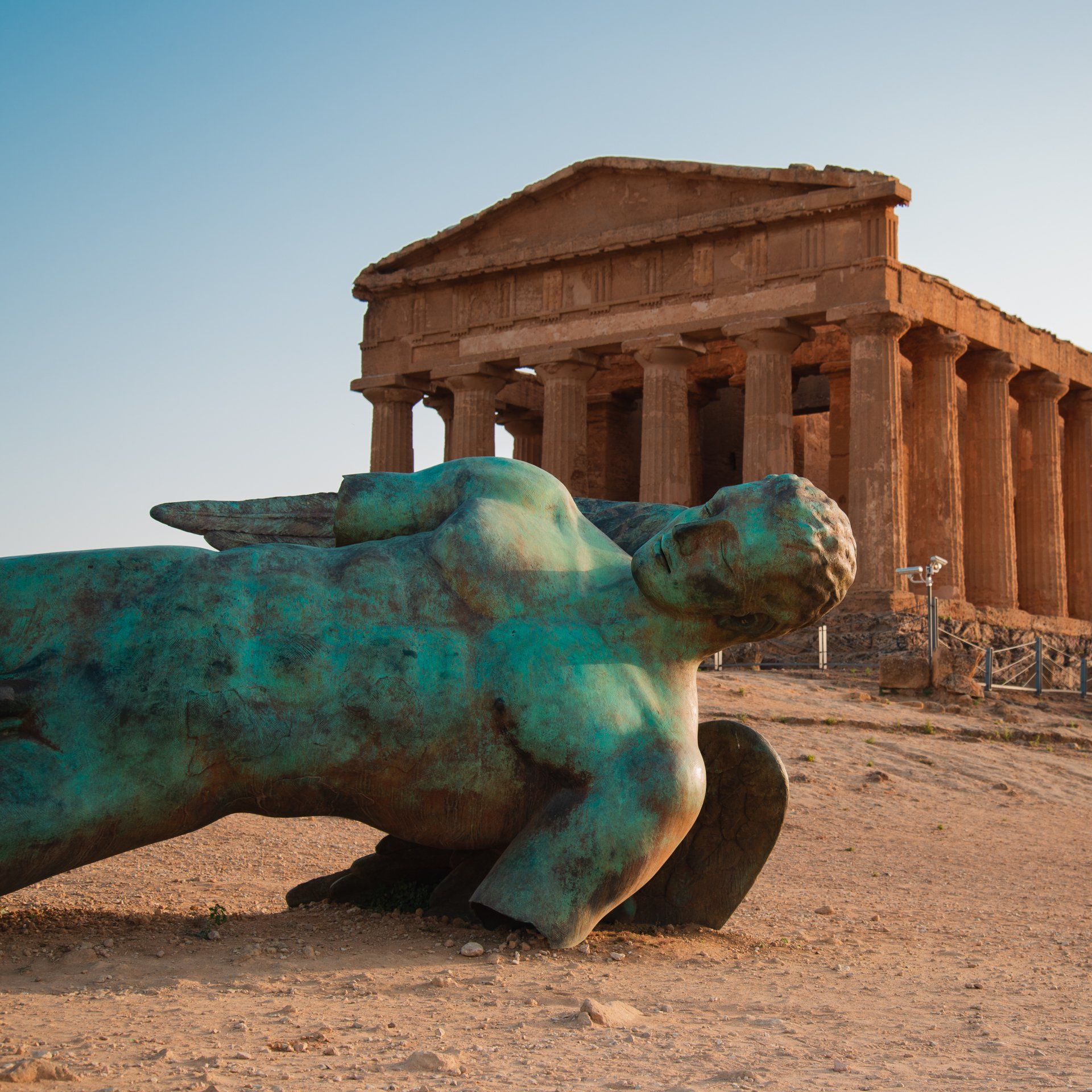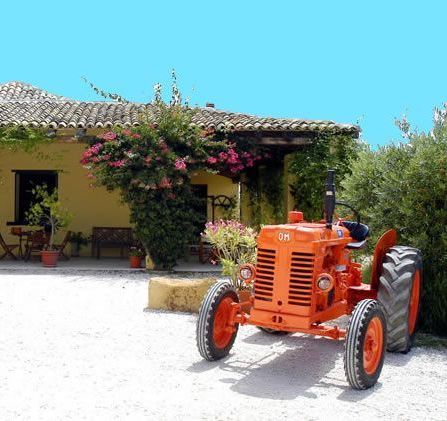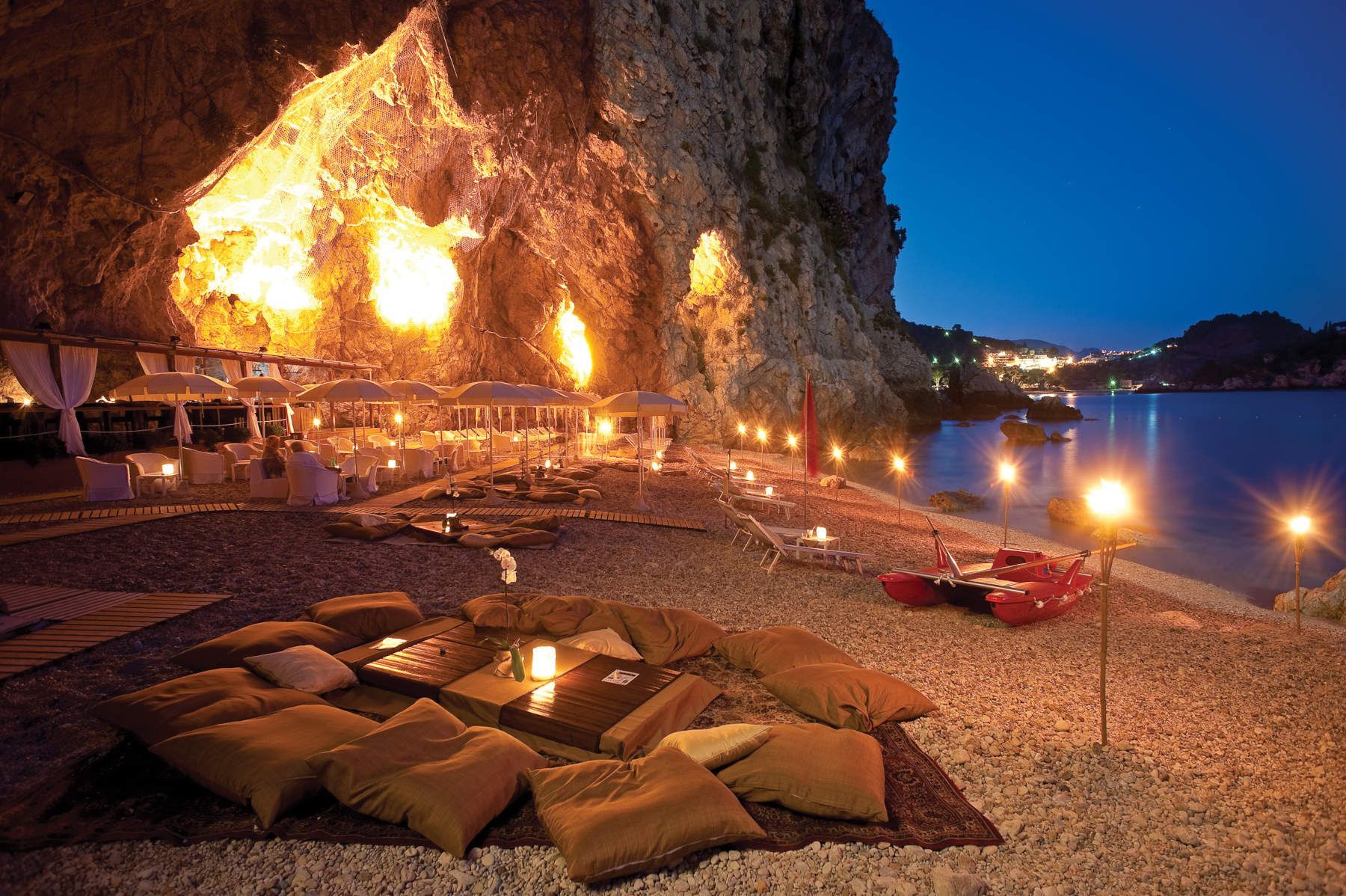New paragraph
South East sicily
Surviving centuries of civil war, foreign invasion and natural disasters, the south east of Sicily allures visitors from all over the world to visit the UNESCO World Heritage Sites of Syracuse and Val di Noto.
Sicilian Baroque architecture and many historic towns situated amongst the rugged Iblei mountains make up this interesting area of the island along with a picturesque coastline and nature reserves.
Syracuse & Ortigia
A city rich in Greek and Roman architecture, Cicero once considered Syracuse to be the most beautiful of all the Greek cities. Perhaps most famously, the city of Syracuse is home to one of the greatest ancient Greek theatres dating back to the 5th century BC and large enough to hold an audience of up to 15,000. This theatre draws history enthusiasts from all over the world and is still used to this day in the annual Greek theatre festival (May/June). With other attractions such as the 3rd century Roman amphitheatre, archaeological museum as well as shops, restaurants and bars in the predominantly medieval and Baroque island of Ortigia, Syracuse is well worth visiting along with the rocky Necropolis of Pantalica which together are listed as a UNESCO World Heritage site.
Ortigia is a small island which is the historical centre of the city of Syracuse. The island, also known as the Città Vecchia, is connected to the modern city via a bridge which stretches across a narrow strip of sea. Renowned for its Greek heritage, Ortigia is a UNESCO landmark for its "remarkable testimony of the Mediterranean cultures over the centuries” with many historical landmarks. There is a variety of outdoor restaurants and elegant piazzas surrounded by the crystalline sea. Porto Piccolo is a small boat harbour in Ortigia.
Ragusa
Ragusa is situated in south east Sicily, built on a wide limestone hill between two deep valleys. In 1693 the city was devastated by an earthquake and was largely rebuilt forming two distinct areas, the lower and older town of Ragusa Ibla and the newer upper town of Ragusa Superiore with many Baroque buildings from this period. The two towns, separated by the Valle dei Ponti, a deep ravine crossed by four bridges including the 18th century Ponte dei Cappuccini, remained separated until 1926 when they were fused together to become the provincial capital.
Ragusa is renowned for its Baroque buildings and together with 7 other cities in the Val di Noto, it is part of UNESCO World Heritage Sites which includes 9 major churches and 7 palazzi, drawing art and history enthusiasts from all over the world. The main sites in Ragusa Superiore include the Cathedral of San Giovanni Battista and the Museo Archeologico. Ragusa Ibla is accessed via steps with many places of historical interest such as the 15th century church of Santa Maria della Scala, Basilica San Giorgio and the Giardino Ibleo, Hyblean gardens with stunning views. It is a delightful old town to wander round with the central Piazza Duomo which comes to life in the evening with many restaurants including 3 with Michelin stars!
Marina di Ragusa
Marina di Ragusa is a charming seaside resort featuring a port, long sandy beach and a selection of typical Sicilian restaurants, bars and shops. It is 25km from Ragusa, 16km from Scicli, 33km from Modica and 43km from Ispica, all beautiful towns rich in Baroque architecture and part of Val di Noto UNESCO Heritage sites.
Modica
Part of the UNESCO World Heritage Sites in Sicily, Modica consists of two town centres, the older perched on the rocky top of the southern Iblei hill, the other rebuilt further downhill after the 1693 earthquake with imposing and conspicuous monuments such as the Cathedral of St George and the Church of St Peter. Modica is a popular Sicilian town renowned for its diverse history, Baroque-style buildings and chocolate! There is also the Museo Civico and a selection of cafe bars, restaurants and shops including some which sell a range of the dark, rich chocolate for which the town is renowned. Over the Easter visitors can enjoy several chocolate themed events such as chocolate massages and sculpture making.
Marina di Modica
Marina di Modica which is a small seaside town, between Sampieri and Pozzallo, on the southern tip of Sicily. There is a large bay with sandy beach surrounded by sand dunes and there are shops and restaurants in the town about 1.5km from the villa. It is an ideal holiday spot for families, couples and older people. In July and August the quiet resort town comes to life with sports activities on the beach, market stalls on the promenade, live bands and folklore in the Piazetta, as well as numerous bars and discotheques.
Rosolini
Situated on the south eastern foothills of the Iblei Mountains, Rosolini has been defined as 'a picturesque terrace' amongst archaeological sites and quarries dating back to the Greek and Roman periods. Points of interest include the Cathedral of San Giuseppe built between the XVIII and the XIX century, the Fontana dei Tritoni in Piazza Masaniello, the Hermitage of Croce Santa, the Castle of the Platamones built in 1668 and the archaeological site of Cava Lazzaro. The main activities are agriculture, cattle breeding and handicraft.
Scicli
Scicli is one of the UNESCO listed Baroque towns of south east Sicily, but it is rather off-the-beaten-track compared with its more visited neighbours of Noto (40km), Ragusa (38km) and Modica (25km). Like the other Baroque towns, Scicli has had a lot of restoration particularly Piazza Italia and Via Mormina Penna lined with churches and palazzi.
Sampieri
Sampieri is a typical Sicilian fishing village in the Province of Ragusa in south east Sicily with a lovely beach, good restaurants, small supermarket for essentials and friendly locals. Fornace Penn in Punta Pisciotto dominates the Sampieri coastline and is the famous location named Mannara in the Inspector Montalbano TV series.
Ispica
Ispica is a hillside town standing 170m above sea level and one of several delightful Baroque towns in this area along with Noto, Ragusa, Modica and Scicli. The town hosts examples of Baroque architecture such as Vincenzo Sinatra's Basilica di Santa Maria Maggiore, Annunziata Church, Carmine monastery and St. Barthelemy cathedral. The ancient town of Ispica was destroyed by an earthquake in 1693 and rebuilt on its present site but visitors can trace its origins back 4,000 years at Parco Archeologico Forza and Cava d’Ispica with cave dwellings and tombs carved into the 13km gorge. The town is 10km from the coast with some of the islands loveliest sandy beaches including Pozzallo (high speed ferry service to Malta 90 minutes), Santa Maria del Focallo, Marina di Modica and Sampieri and also in Vendicari Nature Reserve (23km).
Santa Maria del Focallo
A small seaside town, officially part of the city of Ispica (14km away). It was named after an old church that was destroyed in the earthquake in 169 and like all of Sicily, has Greek origins. Today the town is a sleepy community with beautiful beaches, 7km of golden sand from the Tavole del Re to Punta Muro, along with a few shops and restaurants. The clear water and pristine beaches backed by natural vegetation were designated as Blue Flag for their environmental cleanliness.
Noto
Part of the Val di Noto UNESCO World Heritage Site in south east Sicily, Noto is on two levels, an upper part on the plateau and a lower, newer part on the slope below. The latter accommodates the buildings of the nobility and the religious complexes of the 18th century, the topography, town plan and architecture combining to create a spectacular 'Baroque stage set'. It includes nine religious complexes and numerous palazzi. It is a charming Baroque-style town built up following the 17th century earthquake. There are several historical sites scattered across the town that travellers are able to visit, such as the Church of San Francesco, Museo Civico and Piazza XVI Maggio as well as numerous shops, bars, restaurants. Noto is also home to one of the most visually striking festivals on the island held on the 3rd weekend of May when Via Nicolaci is transformed into a piece of artwork with 16 artists covering the street with their own exquisite petal designs.
Vizzini
Located in the Iblean mountains, Vizzini is a city nearly 600m above sea level close to the springs of the Dirillo River dating back to Greek times but the modern city was founded in the Middle Ages around a noble castle. The city damaged by the 1693 earthquake has a largely Baroque structure resulting from the post-quake reconstruction with has plenty of churches and palazzi to visit. From Vizzini it is possible to explore many other places of historical and cultural interest such as Ragusa 47km and Palazzolo Acreide 40km away.
Fontane Bianche
Fontane Bianche with stunning beach with white sand and clear, shallow water, suitable for children. It is possible to hire sunbeds and parasols on the sandy beach (extra cost) and there is a beach restaurant.
San Lorenzo
San Lorenzo is a small seaside village with a lovely sandy beach on the south east coast of Sicily.












